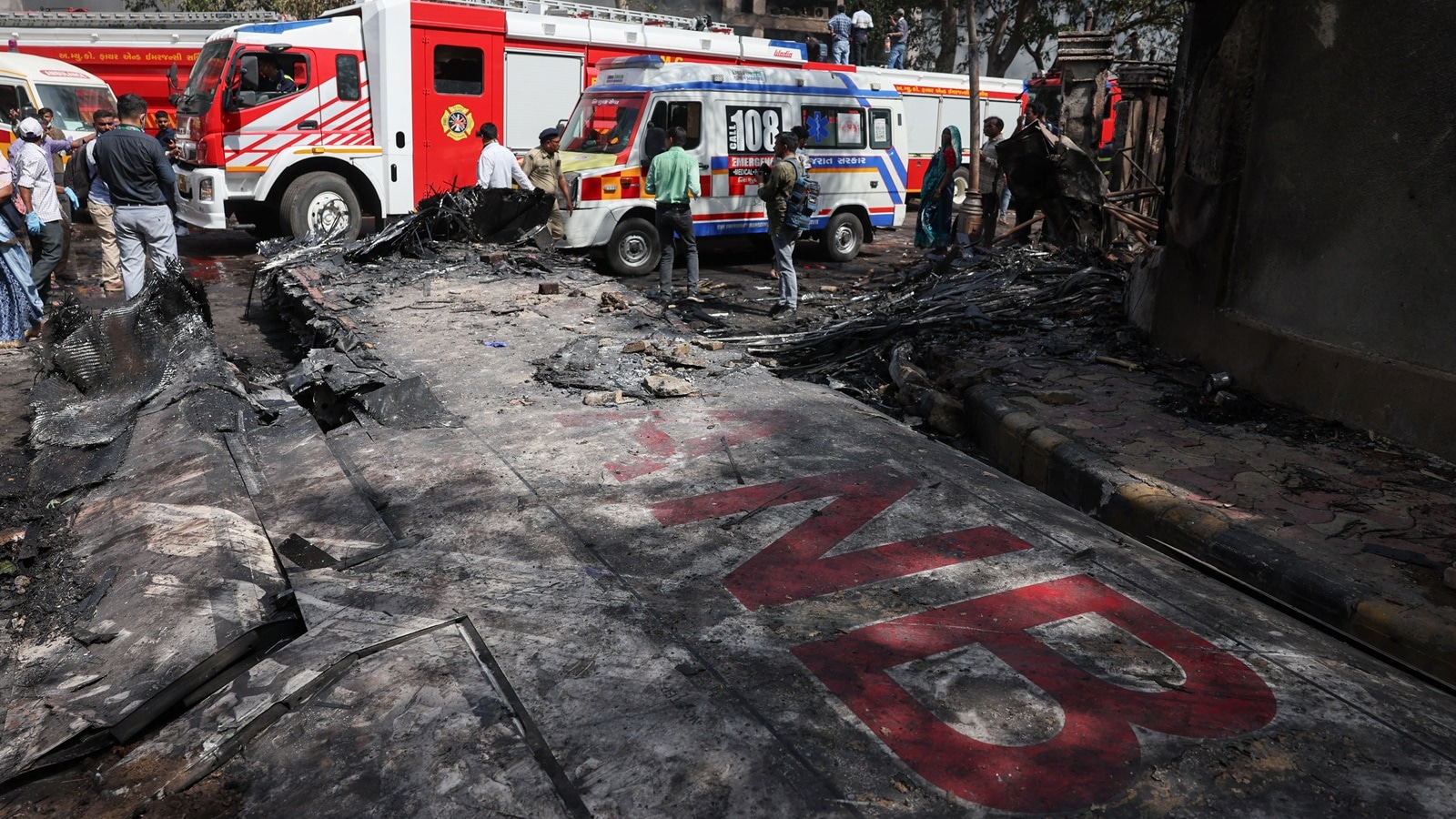The 787 Dreamliner, Boeing’s best-selling wide body passenger jet, is the company’s second-most scrutinised aircraft after the 737 MAX, which has faced multiple groundings following fatal crashes and technical issues. Yet despite the intense oversight, especially in early years, the Dreamliner had maintained a largely safe record—until Air India flight 171 crashed near Ahmedabad airport on Thursday, killing 241 people and leaving one survivor.
Early Troubles
The 787 Dreamliner, introduced in 2011, was temporarily grounded between January and April 2013 following incidents of fire caused by lithium-ion thermal runaway. Boeing resumed deliveries only after redesigning the battery system. Then, starting in 2019, the aircraft was hit by serious quality-control issues, prompting a halt in deliveries that lasted from 2021 to March 2023.
Then, in April 2024, the US Federal Aviation Administration (FAA) launched an investigation after former Boeing engineer–turned–whistleblower Sam Salehpour alleged that sections of the 787 Dreamliner’s fuselage were improperly fastened, warning the jets could come apart as they age. The following month, the FAA announced that Boeing was “reinspecting all 787 airplanes still within the production system” and would develop plans to assess those already in service.
Since its introduction, Boeing has delivered 27 787-8 Dreamliners to Indian airlines—all to Air India, with the last five delivered in 2017. A larger, longer-range variant, the 787-9 Dreamliner, saw six deliveries to Vistara—now part of Air India—between 2020 and 2024, company data shows. Boeing is set to deliver another 20 787-9s to Air India, which are currently listed among its unfulfilled orders.
Now, with authorities looking for the AI-171’s blackbox and the Aircraft Accident Investigation Bureau (AIIB) set to investigate the Ahmedabad crash, a first for the 787 Dreamliner, Boeing’s prized model is set to come under renewed scrutiny.
MAX Problems
The 737 MAX has been a more popular choice in India, with 63 deliveries over the last decade—all between 2018 and May 2025—led by Air India (48), Akasa Air (8) and SpiceJet (7). Unfulfilled 737 MAX orders include 142 for Air India, 198 for Akasa Air, and 129 for SpiceJet.
The entire 737 MAX fleet was grounded worldwide between March 2019 and November 2020 after two fatal crashes—Lion Air Flight 610 and Ethiopian Airlines Flight 302—both occurring shortly after takeoff. The crashes, which killed 346 people, were traced to a faulty flight stabilisation system that acted on erroneous sensor data.
Story continues below this ad
In January 2024, the FAA again grounded 171 737 MAX jets after a door plug detached mid-flight on an Alaska Airlines plane, triggering heightened regulatory scrutiny for several months.
Following the incident, the FAA, referring to 737 MAX, stated: “We will continue our aggressive oversight of the company and ensure it fixes its systemic production-quality issues.” Two months later, an audit of Boeing’s Renton, Washington production line “identified non-compliance issues in Boeing’s manufacturing process control, parts handling and storage, and product control.”
In May 2024, Boeing submitted a corrective action plan outlining steps such as strengthening its Safety Management System, enhancing supplier oversight, and increasing internal audits of its production system.
Later, in December 2024—shortly after a machinists’ strike ended—FAA Administrator Mike Whitaker visited the Renton facility and noted, “As expected, Boeing has made progress executing its comprehensive plan in these areas, and we will continue to closely monitor the results as they begin to ramp up production following the strike.”
Story continues below this ad
For now, the FAA continues to issue airworthiness certificates for every newly produced 737 MAX.



